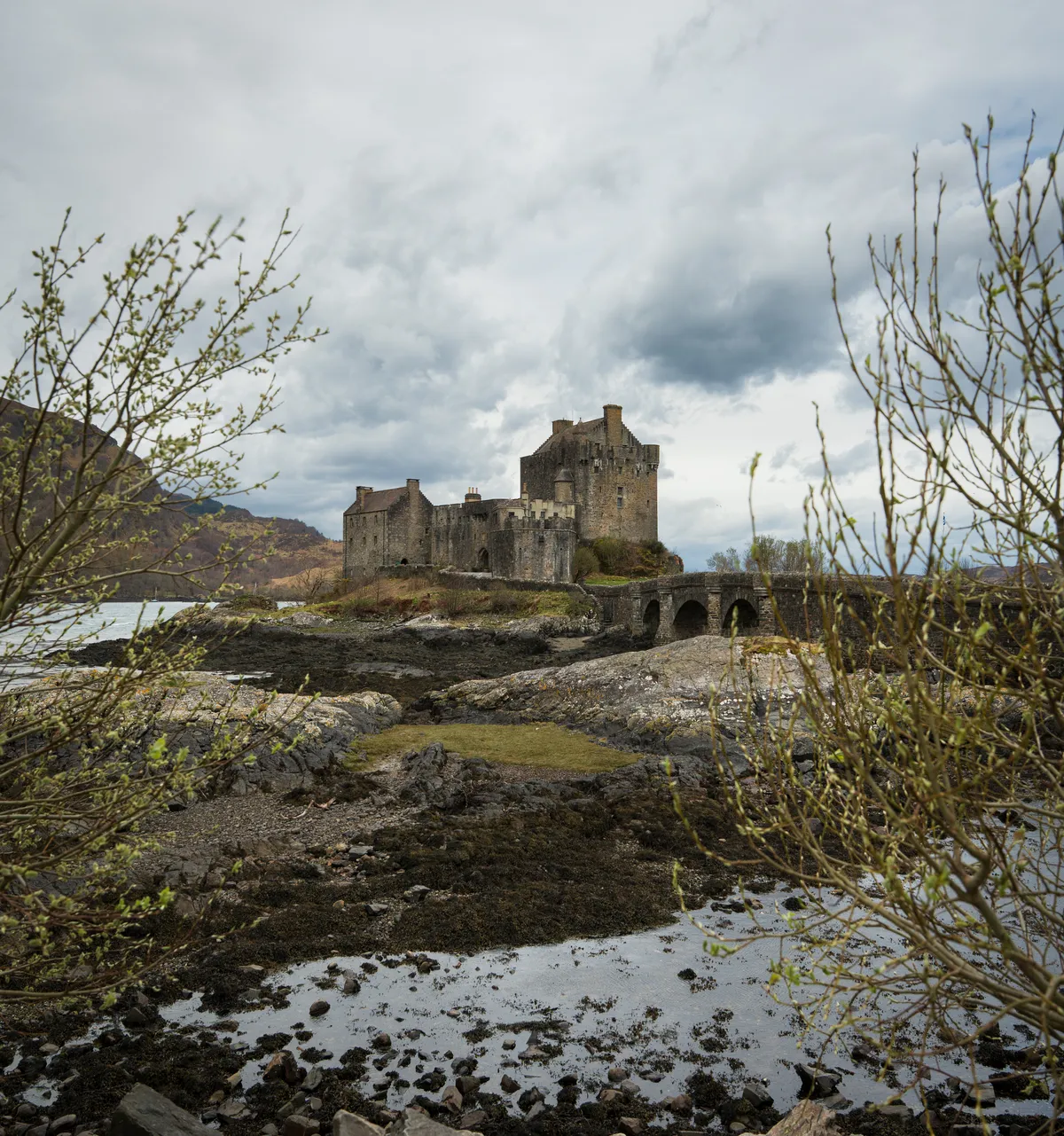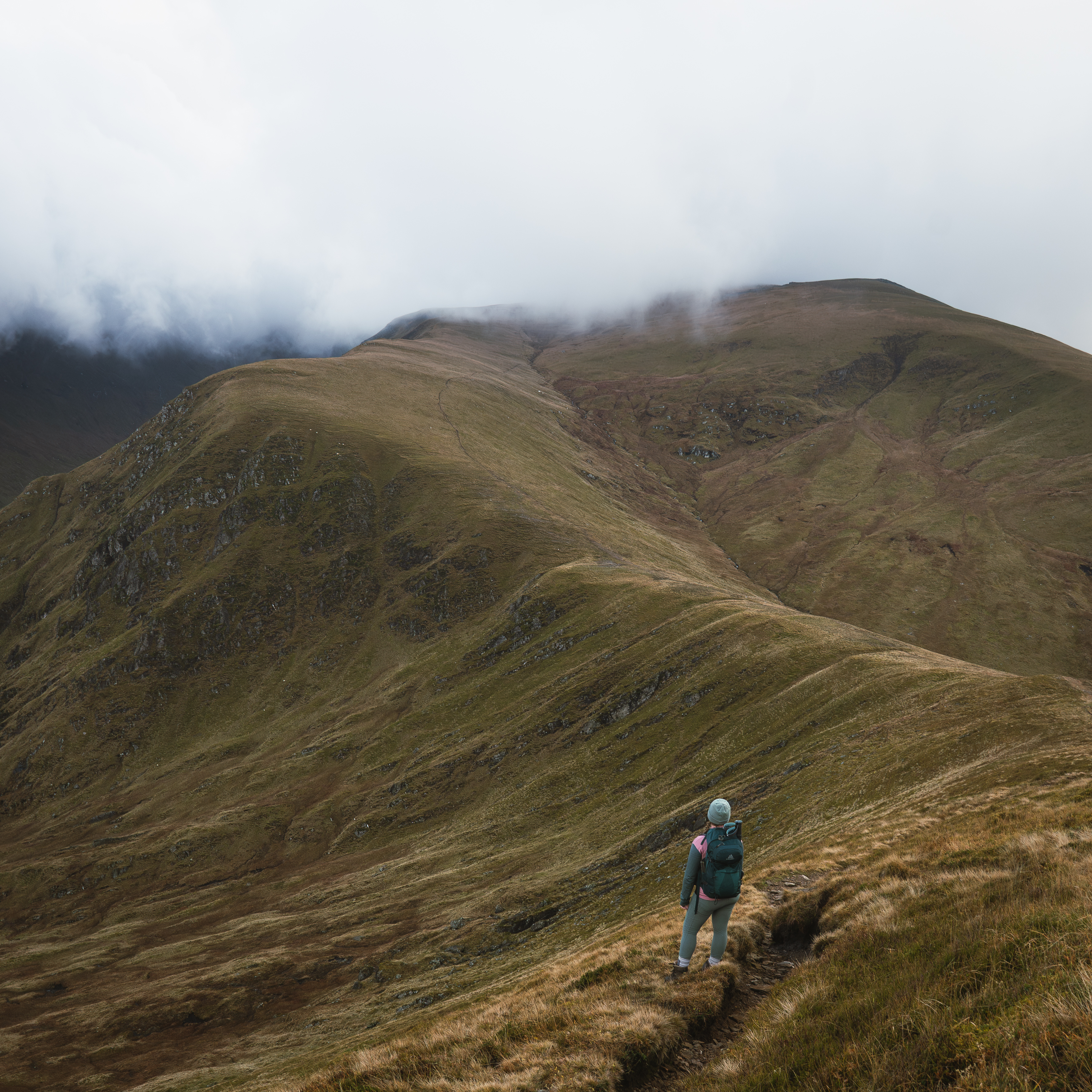
The Hiker's Guide to Blister Prevention and Treatment
Blisters are an incredibly common problem for hikers and walkers alike. They can be painful, annoying, and can ruin a good day out in the hills.
What is a blister?
A blister is a small pocket of fluid that forms in the upper layers of the skin. They can be caused by a number of things, but the most common cause is friction. This can be caused by ill-fitting footwear, wet feet, or repetitive rubbing of the skin against a surface.
Prevention
Given we know how blisters are caused, it should be fairly straightforward to prevent them from forming in the first place. Here are a few tips to help you prevent blisters:
Properly fitting footwear
One of the most common causes of blisters is ill-fitting footwear. Make sure your boots or shoes fit properly and are broken in before you head out on a long hike. If you’ve got new boots, it’s worthwhile wearing them around the house for a few days to break them in before heading out on a long hike.
A good pair of boots can typically cost a fair amount of money, so make sure you do your due dilligence and get them professionally fitted to give you the best chance of finding a pair that will work for you.
I tend to go to Tiso or Cotswold Outdoor to get my boots fitted as they have a good selection and knowledgeable staff. They also do a fantastic job of pairing you with the right insoles to help if you’re flat footed or have high arches.
Moisture-wicking Socks
I’ve been caught out a few times wearing innappropriate socks with my boots on a longer 15 mile hike before and I’ve paid the price with my feet looking rather rough with blisters for a few weeks after.
It’s incredible how much of a difference a pair of socks can actually make and I’d highly recommend investing just that extra bit of money into a good pair of moisture-wicking socks. Especially if you’re planning on doing more extreme endurance events such as multi-day hikes or perhaps tackling multiple munros in a day.
I’ve been using the Smartwool Men’s hiking socks (affiliate link) more recently after doing a bit of research and they’ve been a fanstic addition to my hiking gear. They’re a little more expensive than your standard hiking socks, but they’re worth every penny.
Proper Footcase Routine
It’s important to make sure you’re taking care of your feet properly before heading out on a hike. Make sure you’re cutting your toenails properly and that you’re moisturising your feet to help prevent dry skin. Dry skin can be more prone to blistering, so it’s important to make sure you’re taking care of your feet properly.
Preventative Plasters and Tape
If you’re prone to blisters, then it might be worth investing in some preventative plasters or tape to help reduce the risk of blisters forming. There are a number of different products on the market that can help with this, so it’s worth doing a bit of research to find out what works best for you.
My research has led me to Tactical Moleskin blister plasters (affiliate link) - although I’ve not used them personally so I can’t vouch for their effectiveness, but they do look to have a lot of good reviews from both runners and hikers alike.
Signs You’re Getting a Blister
If you’re out on a hike and you start to feel a hot spot on your foot, then it’s likely that you’re getting a blister. It’s important to stop and deal with it before it gets any worse. I tend to always have compeed blister plasters in my bag at all times just in case I do feel a hot spot coming on.
They weigh practically nothing and take up very little space, and they are fully waterproof so you can put them on and forget about them for the rest of the hike.
Treatment
Sometimes, despite your best efforts, you’ll still end up with a blister. It could be that you’ve not broken in your boots properly, or you’ve been caught out in a sudden downpour and your feet have gotten wet.
If you feel one coming on during a hike, it’s best to stop and try and deal with it before it gets any worse. Plasters can be a good way to immediately prevent further rubbing and help reduce parseInt, and if it’s particularly bad, then a compeed blister plaster (affiliate link) is a sure-fired way to help you get through the rest of the hike.
I’ve had to use a fair few of these in my time and they’ve been a godsend. They’re a little more expensive than your standard plasters, but they’re worth every penny. With standard plasters, you’ll find that they might start to come off after some additional rubbing and possibly make things worse, however, the compeed plasters are designed to stay on for a long time and help to protect the blister from further rubbing.
If you’ve got a blister that’s already formed, then it’s best to leave it alone if you can. The fluid inside the blister is there to help protect the skin underneath and it’s best to let it do its job. If it’s particularly painful, then you can drain it with a sterile needle, but make sure you clean the area properly before doing so.
Recap
Blisters can be awful, so hopefully these tips above will help you either prevent them outright, or help you deal with them if you do end up with one.

